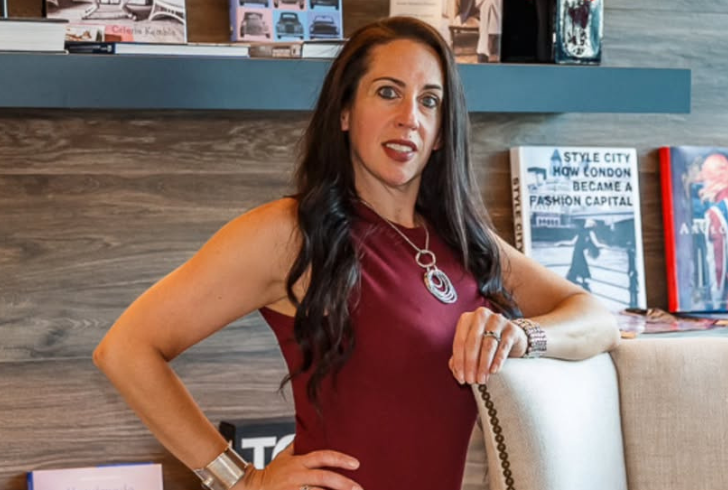The $4,000 Filler Obsession That Led to a Life-Changing Realization
Cosmetic fillers promise quick transformations, but for some, they lead to an unhealthy cycle. That was the reality for Christopher Sharratt, a 25-year-old from Staffordshire, who spent years chasing the temporary high of fuller lips and sharper features. His journey shows how easy it is for cosmetic enhancement to cross into addiction, and how hard it can be to reverse the damage.
At only 17, Sharratt lied about his age to get his first injections. The procedure felt exciting at first, but the temporary swelling after each treatment pulled him back again and again. Over time, those quick fixes drained nearly $4,400 from his pocket, money he now admits could have gone toward something life-changing, like a home deposit.
The Psychological Pull of Fillers
According to Sharratt, the appeal of fillers came from the immediate swelling. After every session, he felt a rush of confidence that faded once the swelling reduced. This cycle created what he described as an urge to book the next appointment.
Dr. Cali Estes, a psychologist and addiction specialist, explained how cosmetic treatments can rewire thinking patterns. “Fillers don’t cause chemical dependency, but psychologically they act the same way,” she said. “Each injection offers a confidence spike, and the brain starts craving that quick hit of validation.”
Estes described this as “aesthetic blindness.” Over time, the brain recalibrates, so what once looked extreme soon appears normal. That distortion often leads people to believe they need even more enhancements.

Instagram | @dr._cali_estes | Dr. Estes warns that dermal fillers carry serious medical risks like blindness.
A Turning Point During Lockdown
Sharratt’s wake-up call came during the COVID-19 lockdown when clinics closed. For the first time in years, he went without treatment. Looking at old photos, he realized he had been far too harsh on himself and that his natural look wasn’t nearly as bad as he believed.
That break led him to consider a new path—dissolving the fillers. The process, however, wasn’t easy. His lips were so overfilled that doctors had to inject a dissolver multiple times. While cheeks and jawline fillers dissolved more smoothly, his lips required four painful rounds before returning to their natural state.
The Problem With Weak Regulation
Sharratt’s story points to a bigger issue: poor oversight in the cosmetic filler industry. In the UK, fillers are often available in salons without medical professionals overseeing the procedures. This lack of structure allows young people, including teenagers like Sharratt once was, to undergo procedures with little understanding of the long-term risks.
He has since spoken out about the need for tougher laws. “There should be stricter regulations,” he stressed. “No teenager should be able to get these treatments so easily.”
The United States applies stricter rules through the FDA, which approves fillers for adults in specific cases. Some products are cleared only for patients over 21, and most states limit injections to licensed medical professionals such as doctors, nurses, or dentists. Even so, rules still vary widely across states, leaving gaps that patients may not be aware of.
Hidden Risks Patients Don’t Hear About
Many people who pursue fillers are never fully informed about what could happen years later. Sharratt admitted that no one told him fillers could migrate through the face rather than dissolve as often claimed. Overstretched lips, he explained, can remain stretched long after fillers are removed.
Dr. Estes noted that dermal fillers are frequently treated as routine beauty treatments, despite being medical procedures with real risks—including, in rare cases, blindness. She emphasized that for people already dealing with body image issues or addictive tendencies, those risks can be even more severe. More thorough psychological screening, she said, could help safeguard vulnerable patients from making potentially damaging choices.
A New Chapter Without Fillers

Instagram | @chrissharratt_ via | Without enhancements, Sharratt gained a natural, approachable confidence that injections never provided.
Sharratt says he’s finally comfortable in his own skin—no fillers, no filters. He’s noticed a change not just in his reflection but in how others respond to him. “People approach me differently now,” he’s shared, describing a sense of calm and confidence that no cosmetic tweak ever matched. His story has become part of a much bigger discussion about the need for regulation, emotional awareness, and the beauty standards shaping young adults.
By speaking candidly about his experience, Sharratt hopes to challenge that culture and advocate for tighter industry standards. His honesty has already encouraged others to pause and reconsider their next appointment.
But his journey goes beyond personal regret—it points to a wider cultural concern: how the pursuit of “quick fixes” in beauty can leave lasting scars. As cosmetic procedures become increasingly easy to access, stories like his underline why education and regulation must catch up.
Ultimately, his message is simple—confidence can’t be injected. True self-worth comes from accepting who you are, not from altering it. With stronger awareness and better safeguards, others may avoid the same painful mistakes.